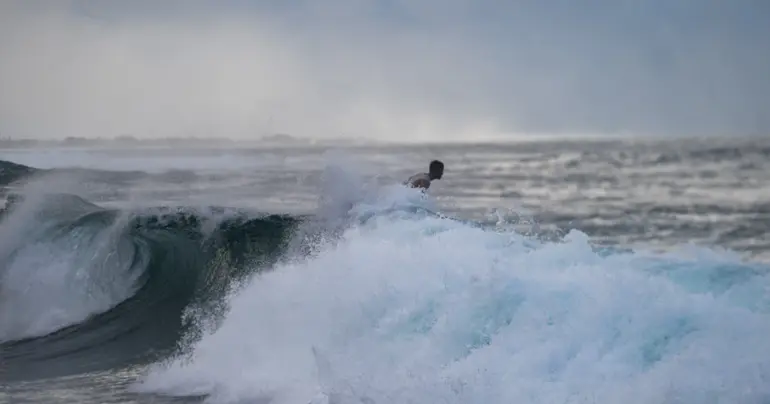Seminar to scrutinise prehistoric Samoan landscapes
 By Fuimaono Lumepa Hald
•
26 February 2023, 10:00AM
By Fuimaono Lumepa Hald
•
26 February 2023, 10:00AM
Samoa's prehistoric landscape management techniques and agricultural technologies will be the subject of analysis and discussion at an upcoming National University of Samoa seminar.
American academic Craig Shapiro, who is attached to the university's Centre for Samoan Studies and is a Fulbright Scholar, told the Samoa Observer on Saturday he is giving a presentation this coming Thursday that will argue that Samoa's prehistoric landscape management techniques and agricultural technologies don't have to be a thing of the past.
He said it is a story that will weave together facts about the past and will show how it continues to be adjusted "based on the falsification of elements" – not supported by evidence – but by the identification of biases that he says "warp those stories to fit particular agendas".
"Often frequently before the proliferation of the scientific method by those wielding power," said Mr. Shapiro.
"Many will repeat the phrase that 'those who do not learn from history are doomed to repeat it' but history is very much something to be created, and often manipulated, so that those influential people are never recognised for wrongdoing or held accountable.
"Scientific knowledge creation combats this, and archaeology allows us to do this to our past, to truly question the roots and foundations of what we’re told and only believe because we are told to believe it rather than actually having rigorously tested evidence for it."
Mr. Shapiro said as part of his presentation, he will be telling a story that will be filled with "rigorously tested evidence", but an incomplete one nonetheless.
"I’ll be telling a story—one filled with rigorously tested evidence, but still an incomplete one—comprising what is thought to be known about the prehistory of these islands.
"How did people migrate? What skills did they have? What were their lives like? How did they create settlements?
"I’ll also share what archaeologists are still asking and what we’re trying to learn. Why did they make these decisions? What do Pacific Islanders have in common? And what can we learn from their history? The Pacific Islander history of the Pacific Islands."
According to Mr. Shapiro, archaeological science has undergone a revolution in the last decade, which he attributed to to LiDAR which he said is digital imagery from airborne surveys which reveal elevation changes in the ground surface.
"Analysis of the resultant datasets and GIS-processed images and digital elevation models have allowed archaeologists to expand the study of archaeological landscapes beyond specific sites to study extensively human-modified environments at regional scales and with more advanced geospatial methods," he said.
"In Sāmoa, LiDAR reveals networks of ditches, terraces, and other earthen- and stone-monumental architectural features which extend from the coast to the remote interior.
"These prehistoric constructed landscapes reflect the traditional ecological knowledge of the first settlers of the Pacific Islands.
"Such an intimate understanding of adapting to variable island environments and how to engineer those settled landscapes for long-term resilience still serves Pacific Islander communities today."
The American academic added that in Sāmoa these socio-ecological systems control flooding and consequent soil saturation, support agricultural production, and he then provided examples of communities building resilience through collective action.
"Prehistoric Sāmoans not only knew how to target specific soils for agricultural production, but also recognized the importance of monumental water control features to maximise agricultural production," he said.
"Revitalising such traditional ecological knowledge and land management practices may simultaneously draw further connections to related Pacific Islander communities, promote an adaptation strategy for other indigenous island and coastal communities preparing for increasingly powerful, and more frequent rainfall events due to a rapidly changing climate, and indicate how these prehistoric features could be integrated into modern efforts to enhance climate-resilient food production."
Mr. Shapiro joined the Centre for Sāmoan Studies from The Ohio State University as a Fulbright US Student Program Open Study/Research Awardee while undertaking archaeological fieldwork to complete his PhD research.
Tags
 By Fuimaono Lumepa Hald
•
26 February 2023, 10:00AM
By Fuimaono Lumepa Hald
•
26 February 2023, 10:00AM











